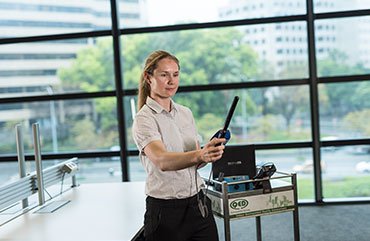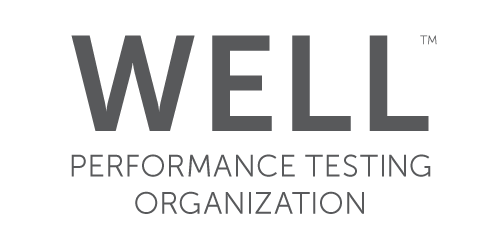
30th
Indoor Air Quality Takes Centre Stage: A New Government Report on Airborne Virus Transmission
by Michael Taranto, Managing Director
The importance of Indoor Air Quality (IAQ) has gained significant attention following the release of a groundbreaking report from Australia’s National Science and Technology Council (NSTC). The report, titled The Impact of Indoor Air Quality on the Transmission of Airborne Viral Diseases in Public Buildings, highlights the critical role of IAQ in reducing viral transmission, including the spread of airborne diseases like COVID-19. Commissioned by the Office of the Chief Scientist and prepared by the University of Wollongong’s Sustainable Buildings Research Centre, the report delves into the science behind air quality management and its impact on public health.
Key Findings from the Report
The report provides a comprehensive review of evidence on how disease particles travel through indoor air. It confirms that airborne transmission can happen both over short and long distances, with long-range transmission now scientifically verified. Factors such as ventilation, air filtration, and air disinfection technologies were identified as key components in mitigating the spread of airborne viruses in public spaces.
Specifically, the report highlights several effective strategies, including:
- Ventilation: Increasing clean air by using heating, ventilation, and air conditioning (HVAC) systems to dilute contaminated indoor air.
- Air Cleaning: Employing technologies like high-efficiency particulate air (HEPA) filters to clean indoor air.
- Air Disinfection: Using ultraviolet-c (UV-C) light disinfection to reduce airborne pathogens.
However, the report stresses that there is no one-size-fits-all solution. The effectiveness of these strategies depends on various factors, such as building size, design, and operational hours.
A Welcomed Focus on IAQ
At QED, we are thrilled to see Canberra paying closer attention to the importance of indoor air quality. For years, we have advocated for better air management in public buildings, knowing its direct impact on both the environment and human health. This report reinforces what we have long believed— that IAQ is not only a matter of comfort but also a critical factor in controlling the transmission of diseases.
The findings also align with QED’s approach to sustainable building management. As experts in environmental risk and building performance, we are excited to continue working with building managers to incorporate these strategies, using data-driven insights to deliver healthier, safer indoor environments. The inclusion of IAQ in national discussions is a major step forward, and we look forward to further collaboration with both public and private sectors to make a lasting impact.
This report is a vital piece of evidence in the ongoing conversation about making indoor spaces safer and more resilient in the face of viral threats. While challenges remain in balancing energy efficiency with improved IAQ, the insights presented offer a roadmap to better public health and more sustainable buildings.
Categories
Recent Posts
Navigating the GRESB 2024 Updates: Key Changes and Implications
26th Nov
GRESB’s 2024 Real Estate Assessment introduced significant changes, refining how ESG performance is measured and reported. These updates a...
Trichloramine and Indoor Air Quality in Swimming Pools
05th Nov
For swimmers and pool workers alike, the characteristic "chlorine smell" at indoor swimming pools is part of the experience. Howev...
Indoor Air Quality Takes Centre Stage: A New Government Report on Airborne Virus Transmission
30th Sep
The importance of Indoor Air Quality (IAQ) has gained significant attention following the release of a groundbreaking report from Australia�...

















